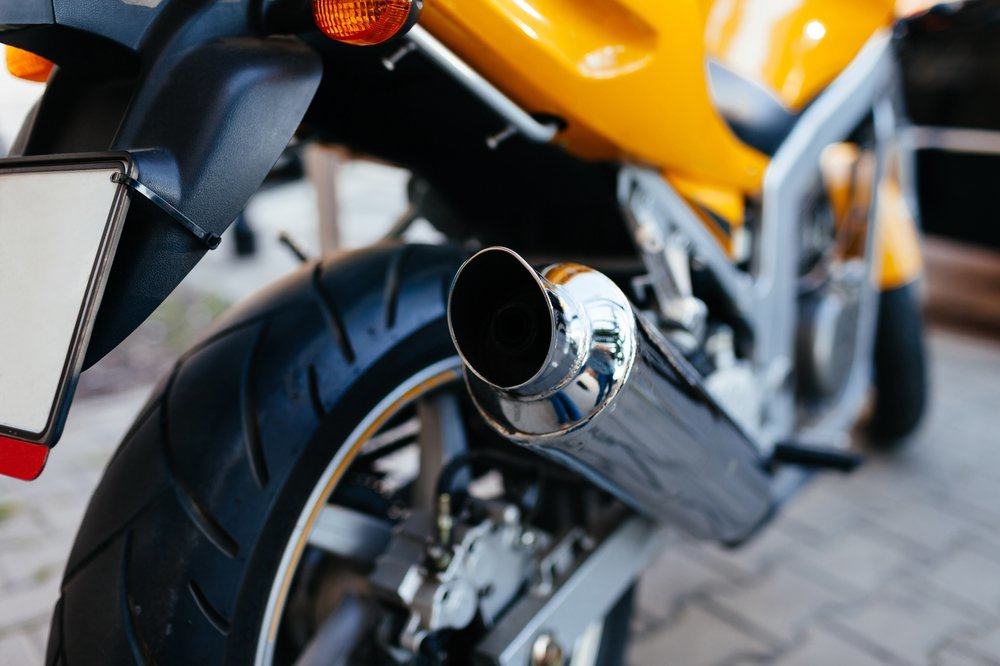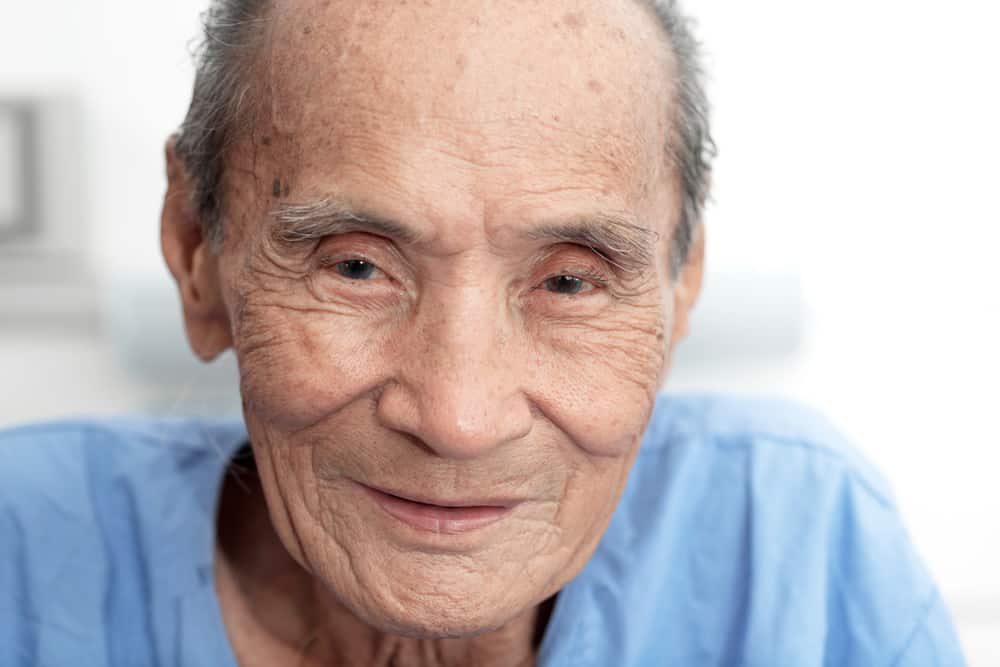Contents:
- Medical Video: Basic First Aid Tips : How to Treat Burn Blisters
- Get to know the types of burns
- First-degree burns
- Second degree burns
- Third degree burns
- First aid on exhaust burns or irons
- That should not be done on exhaust burns or irons
- 1. Apply toothpaste to burns
- 2. Apply butter to burns
- 3. Compress burns with ice cubes
Medical Video: Basic First Aid Tips : How to Treat Burn Blisters
Whatever you are doing, make sure you are careful and stay alert to the environment. If it's a little careless, the consequences can be quite serious. For example, when someone was walking near a motorcycle and accidentally nudged his still very hot exhaust. Or when ironing clothes, hot iron can fall and hurt the skin. This can cause burns and you must deal with it immediately.
Get to know the types of burns
In the medical world, burns are usually distinguished based on the level of damage to the body. The three types of burns are as follows.
First-degree burns
Compared to other burns, first-degree burns are the lightest and the damage to the skin is not so severe. You will immediately feel pain and heat on the affected skin of the exhaust or iron. The skin will also redden and in some cases swell. This is because the heat of the exhaust or iron hurts your upper skin layer (epidermis). If the exhaust or ironing surface is in contact with the skin in a condition that is not too hot, you will usually experience this type of burn.
Second degree burns
Exhaust burns or hot irons usually fall in the category of second-degree burns. The heat will penetrate up to several layers of skin under the epidermis and cause pain, heat, swelling, and blistering. On blistered skin, a kind of bubbles filled with liquid will appear. Do not break this bubble intentionally because the skin will be exposed to infection again.
Third degree burns
Burns that have damaged the entire skin layer and the tissues inside are known as third-degree burns. Unlike first and second degree burns, you usually will not feel pain or pain. Third-degree burns are characterized by blackened skin due to burnt or white and dry due to scorching.
First aid on exhaust burns or irons
You should contact a health facility to get professional care, especially if you have second or third degree burns. Even though you don't experience direct contact with fire, the heat of the iron can reach 200 degrees Celsius and the average exhaust heat is 300 degrees Celsius.
Usually the doctor will prescribe collagenase ointment, saline solution, and painkillers. If an infection occurs, you may need antibiotics. So, keep in mind that the following actions are only the first treatment, not the main treatment to cure your burns.
- Direct cold water (not ice water) for about 20 minutes on the injured skin before the skin starts blister. Water will prevent heat from entering the deeper layers of the skin.
- Prepare a soft cloth or cotton that has been moistened with cold water. Tap the cloth on the burn slowly. Be careful when attaching a cloth to a wound because usually a burn will sting.
- To regenerate skin tissue and avoid infection, pour a saline solution that you can buy at the pharmacy on a cotton swab and pat gently on the injured skin.
- Do not allow your burns to open wide or be exposed to friction with cloth or other objects. Wrap a burn with a sterile wound cover and loose pads.
That should not be done on exhaust burns or irons
You may have heard of several other ways to deal with exhaust burns or irons. One popular way is to apply toothpaste or toothpaste to a burn because the cold sensation will relieve the wound. However, it turns out that the ways you often hear may not cure burns. Some of them can even cause complications and harm to the skin. Here are things that should not be done on exhaust burns or irons.
1. Apply toothpaste to burns
In Indonesia, usually the first aid given if someone accidentally nudges the exhaust is to distribute toothpaste or toothpaste to a burn. Apparently, this should be avoided. According to experts at Sanjay Gandhi Post Graduate Institute of Medical Sciences, distributing toothpaste can actually aggravate injuries. Odol contains mint and calcium which risk expanding infection and endangering skin tissue.
2. Apply butter to burns
To treat burns, there are also those who apply butter to burns. They believe that applying wounds with butter can keep the skin from the air and bacteria that cause infection. However, this method is actually dangerous because butter applied to the wound will block air circulation. As a result, the temperature of the heat is trapped inside and the skin layer will get burned.
3. Compress burns with ice cubes
Many also believe that the method of compressing burns with ice cubes can help cool the heat on the skin. In fact, the temperature of ice cubes ranges from 0 to -4 degrees Celsius. With this cold temperature, blood circulation can actually stop. This can cause frostbite (frostbite) and damage to the skin.
READ ALSO:
- Does Saliva Cure Wounds, Myths or Facts?
- Wounds, Must Be Closed or Left Open?
- First Aid For External Bleeding












